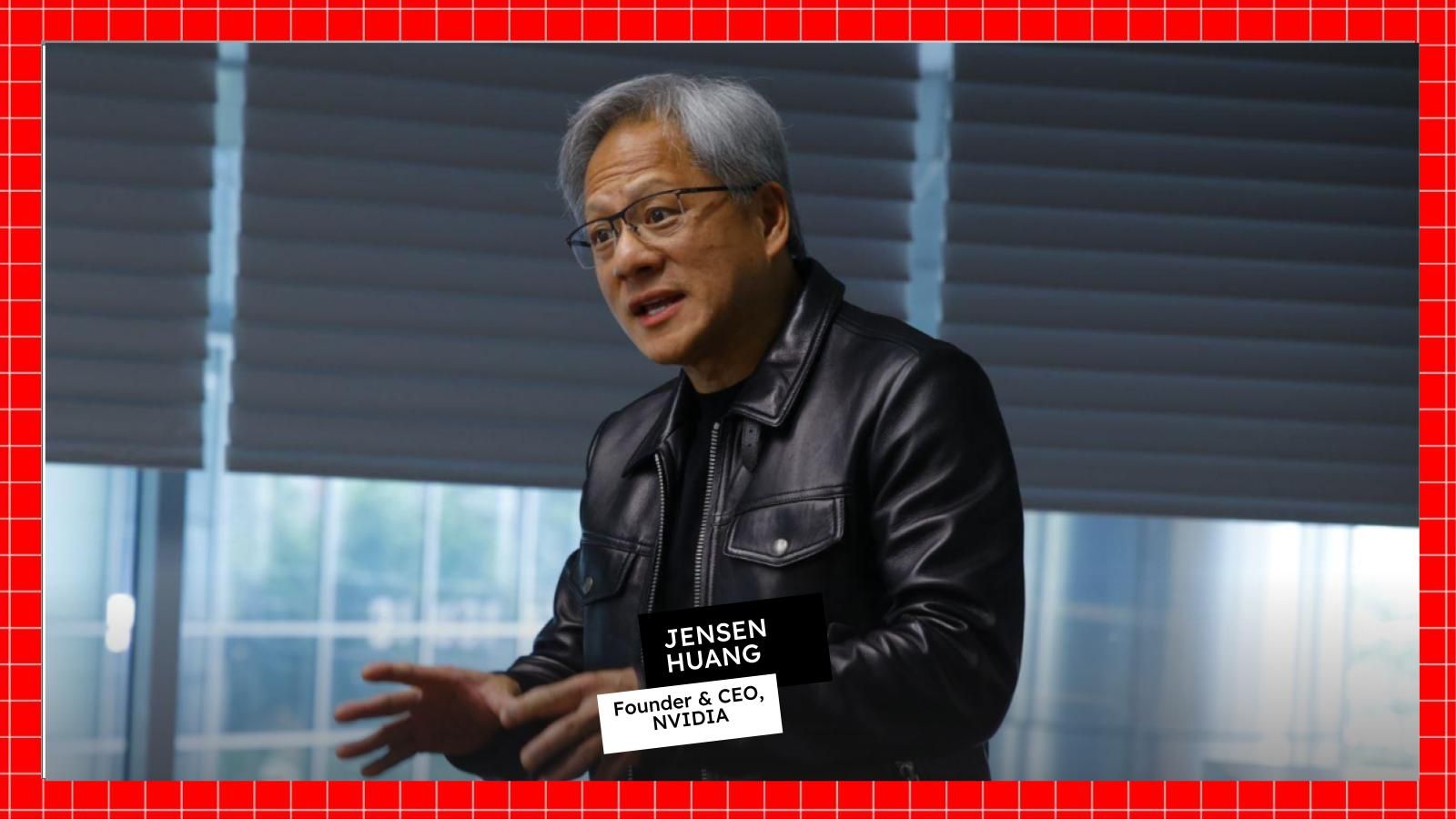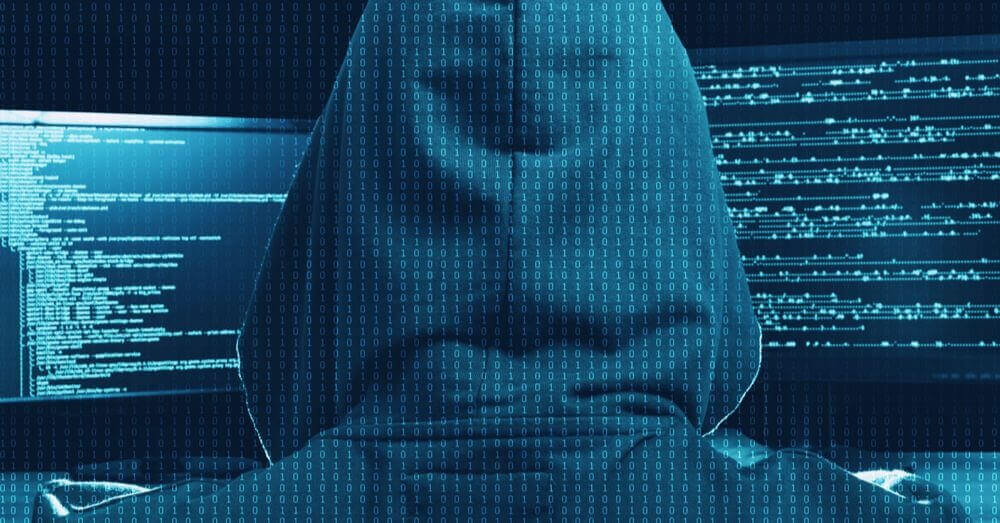Legal Text AI Breakthrough: 98% Accuracy in Sentence Boundary Detection
This is a Plain English Papers summary of a research paper called Legal Text AI Breakthrough: 98% Accuracy in Sentence Boundary Detection. If you like these kinds of analysis, you should join AImodels.fyi or follow us on Twitter. Overview NUPunkt and CharBoundary algorithms identify sentence boundaries in legal texts with high precision Outperforms state-of-the-art solutions like spaCy and NLTK with 98% accuracy Specifically designed for legal documents with complex sentence structures Processes text at speeds up to 10 million characters per second Open-sourced as Python packages for wider adoption in legal text processing Plain English Explanation When you're working with large collections of legal documents, breaking text into proper sentences is surprisingly difficult. Legal writing has unique challenges - sentences can run for multiple lines, contain unusual punctuation, and include citations that confuse standard too... Click here to read the full summary of this paper
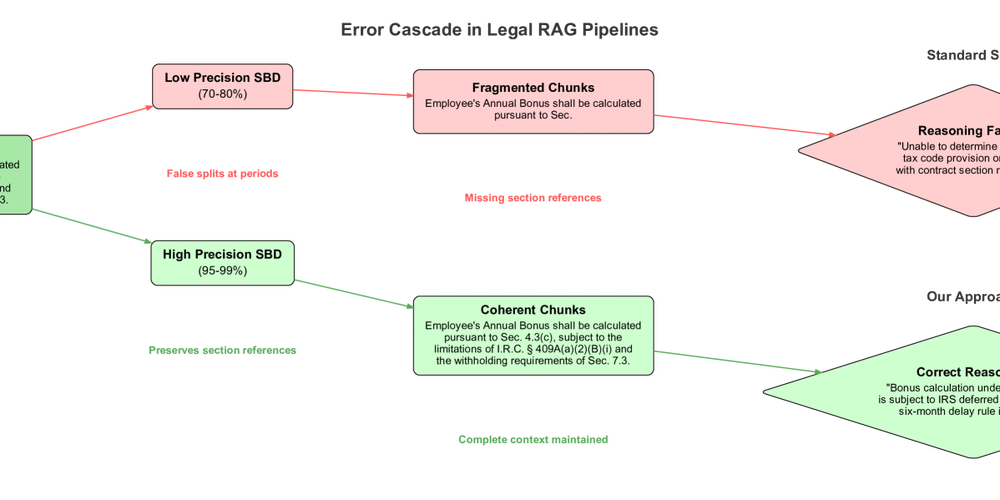
This is a Plain English Papers summary of a research paper called Legal Text AI Breakthrough: 98% Accuracy in Sentence Boundary Detection. If you like these kinds of analysis, you should join AImodels.fyi or follow us on Twitter.
Overview
- NUPunkt and CharBoundary algorithms identify sentence boundaries in legal texts with high precision
- Outperforms state-of-the-art solutions like spaCy and NLTK with 98% accuracy
- Specifically designed for legal documents with complex sentence structures
- Processes text at speeds up to 10 million characters per second
- Open-sourced as Python packages for wider adoption in legal text processing
Plain English Explanation
When you're working with large collections of legal documents, breaking text into proper sentences is surprisingly difficult. Legal writing has unique challenges - sentences can run for multiple lines, contain unusual punctuation, and include citations that confuse standard too...









































































































































































![[The AI Show Episode 143]: ChatGPT Revenue Surge, New AGI Timelines, Amazon’s AI Agent, Claude for Education, Model Context Protocol & LLMs Pass the Turing Test](https://www.marketingaiinstitute.com/hubfs/ep%20143%20cover.png)
















































































































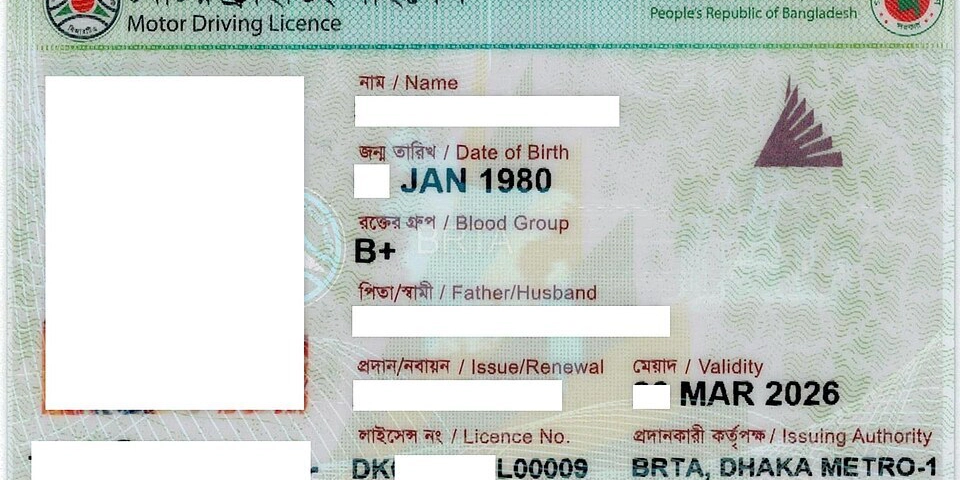
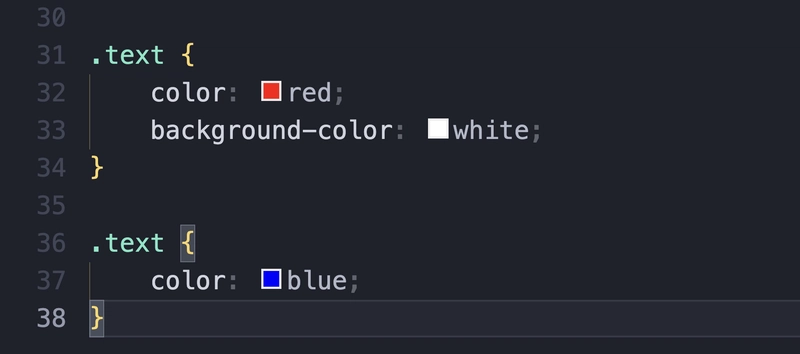




















































































































.png?#)






































.webp?#)
.webp?#)


























































































![[Fixed] Gemini app is failing to generate Audio Overviews](https://i0.wp.com/9to5google.com/wp-content/uploads/sites/4/2025/03/Gemini-Audio-Overview-cover.jpg?resize=1200%2C628&quality=82&strip=all&ssl=1)

![What’s new in Android’s April 2025 Google System Updates [U: 4/14]](https://i0.wp.com/9to5google.com/wp-content/uploads/sites/4/2025/01/google-play-services-3.jpg?resize=1200%2C628&quality=82&strip=all&ssl=1)









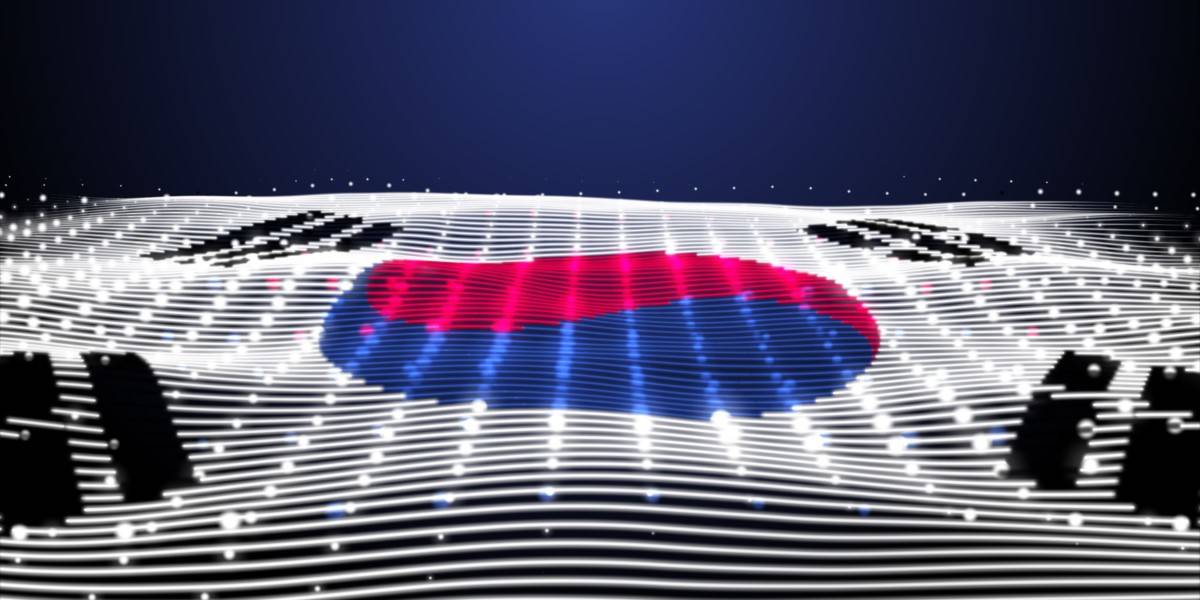



![Apple Seeds tvOS 18.5 Beta 2 to Developers [Download]](https://www.iclarified.com/images/news/97011/97011/97011-640.jpg)
![Apple Releases macOS Sequoia 15.5 Beta 2 to Developers [Download]](https://www.iclarified.com/images/news/97014/97014/97014-640.jpg)


































































